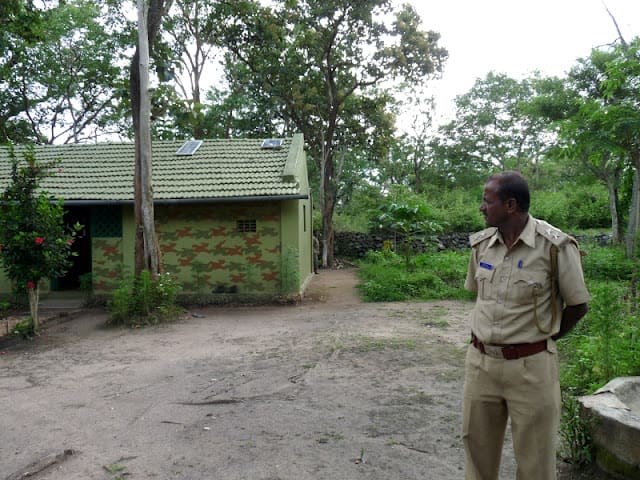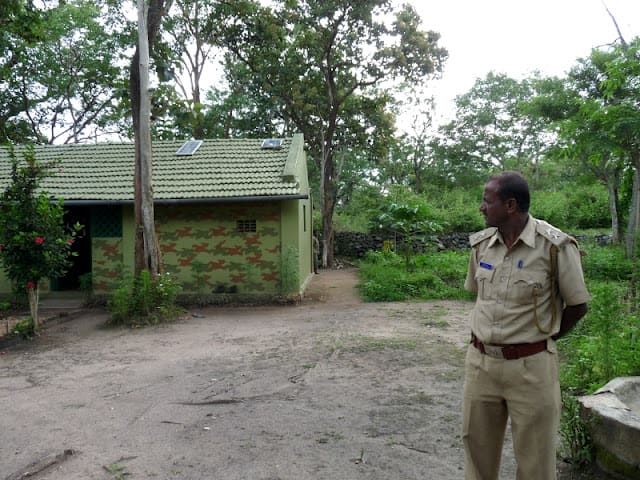It takes more than eco-tourism or tokenism to save the tiger. Improving the lot of conservation’s foot-soldiers can be a good start.
It’s Wildlife Week. Apart from routine ribbon-cutting and exhibitions of photographs trophy-hunted in the wild, we armchair conservationists will do what is expected of us, and various agencies responsible for making the right noises will do what is expected of them.
With the coincident holiday season and the monsoon receding from our skies, tourism to wildlife sanctuaries will see a humongous rush. Particularly tourism with an “eco” prefixed precariously to it. Last year, the total foreign exchange earned from tourism in general was Rs 64,889 crore — I don’t have figures for what proportion of these earnings came from adventure and wildlife tourism. However, it is clear that the Ministry of Tourism is driving so-called eco-tourism hard, with plenty of incentives for hospitality concerns. Awards such as “Best Eco-friendly Hotel”, “Best Responsible Tourism Project” and “Best Eco-friendly Practices by Tour Operators” are rewarded every year. No doubt, the sector is set to grow even as forest cover is increasingly fragmented and urbanisation exerts increasing pressure on forests.
While we Green Ogres might lean in favour of the budget jungle holiday and, on principle, patronise government-run hospitality as far as possible, most eco-tourists prefer the luxury of privately run eco-lodges and camps on the fringes of wildlife reserves. Although many of these concerns have revenue-sharing partnerships with the forest department (which issues entry permits and manages related administrative tasks), tourists are never exposed to the circumstances under which forest staff work.
Clearly, it takes more to save the tiger — described somewhat facetiously on the Tourism Ministry’s website as “Our National Beauties” — than pumping up tourism. For forests to remain relatively inviolate and for tigers to continue to inhabit them, encroachment, fragmentation and poaching must be checked. Everyone from the high-profile cricketer to the oomphy starlet wants to save tigers, but photo exhibitions, mega-events and suchlike publicity extravaganzas are not going to do it. Tokenism isn’t quite enough.
For Arun and me, that fact became clear when we were invited to visit an anti-poaching camp in Bandipur at the behest of the Kumble Foundation. The experience opened our eyes to the abject reality of conservation, the plight of the foot-soldiers who police our forests at the lowest level of the hierarchical ladder. Their lives are plagued by poverty, ill-health and worries over an uncertain future. And you want them to save the tiger?
In the next two week, we will present to you a detailed report on the reality of life in an anti-poaching camp. But before that, do your sincerest bit on the occasion of Wildlife Week.
Go to the Kumble Foundation’s website and nominate a forest worker that you know of for the many categories of Jumbo Wildlife Awards for 2011. Make haste — the last date for accepting nominations is October 16.
- TL;DR – Death Stalks Like A Marabou Stork - July 24, 2024
- Dimorphic Egret – Meet this East African mystery bird - June 8, 2024
- Encounter: Northern Treeshrew in Arunachal Pradesh - May 19, 2024



